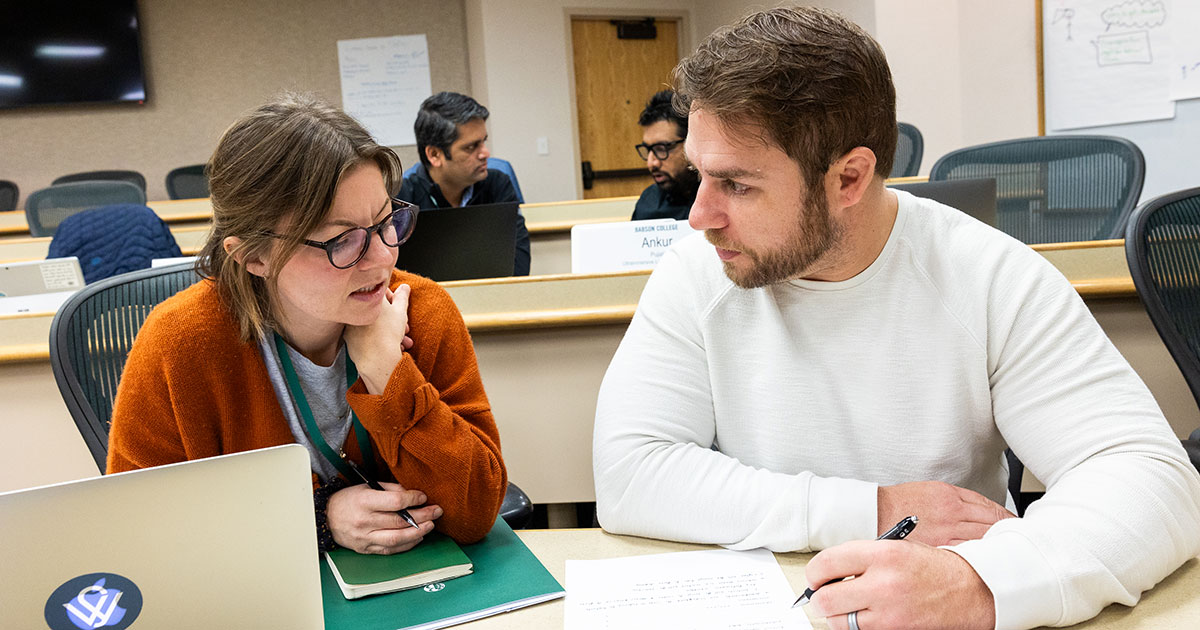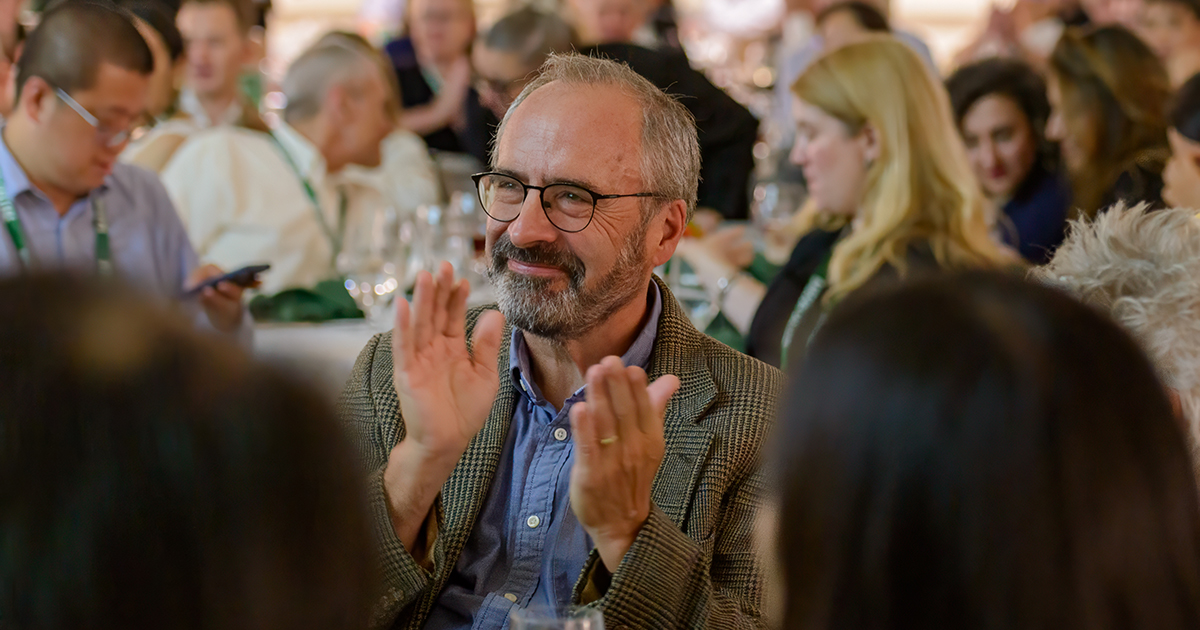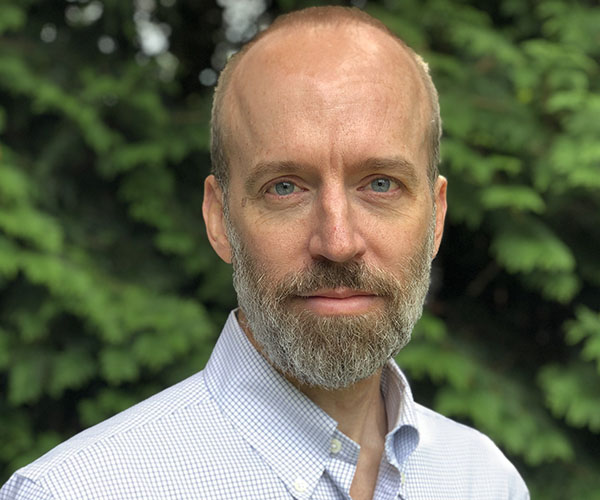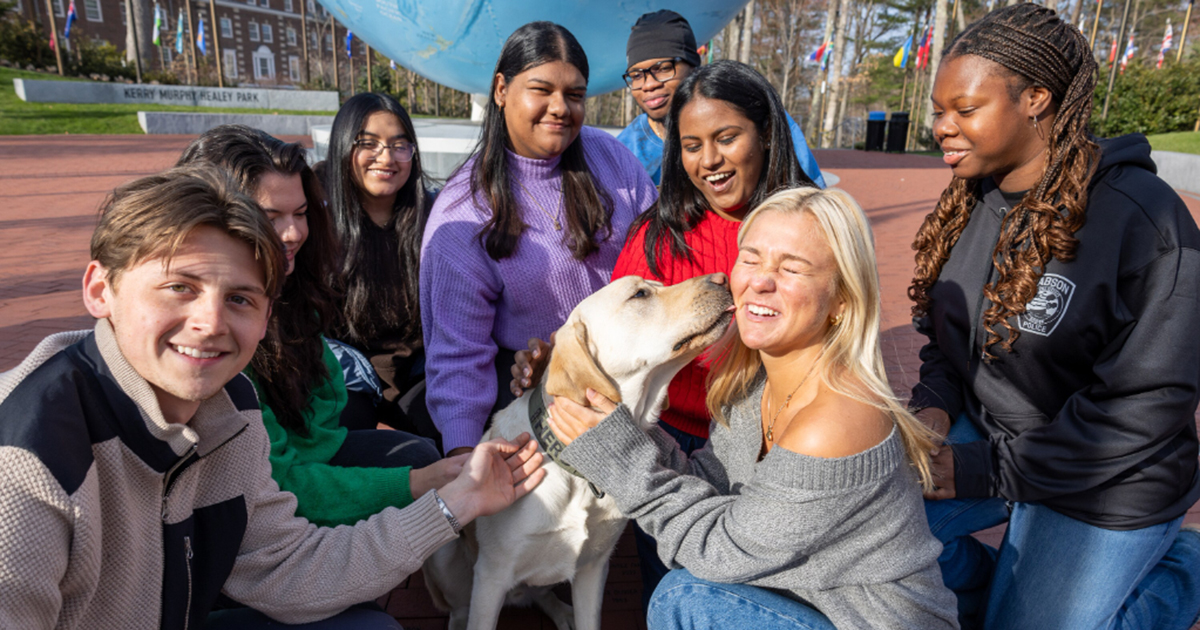Running a Business Rooted in Mission
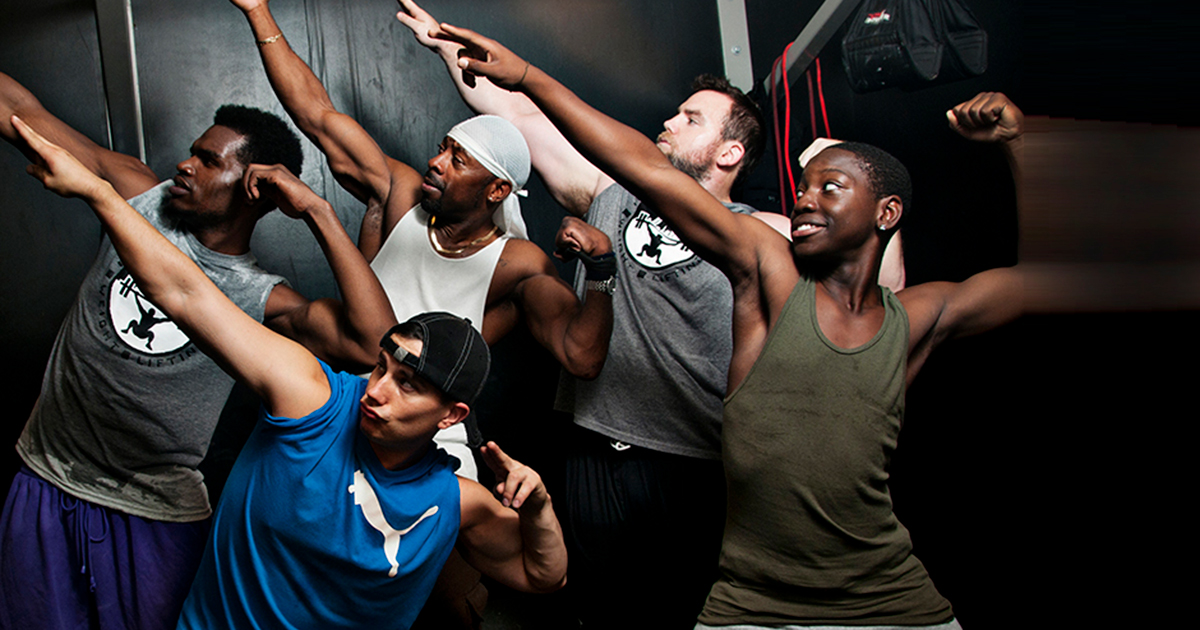
It’s 6:30 a.m. The phone rings: one of Jon Feinman’s students is ready to be picked up, signaling the start of the work day. The 31–year-old founder and executive director of InnerCity Weightlifting leaves home and drives into the heart of Boston’s roughest neighborhoods, where he’ll spend the next hour picking up young men and getting them safely to ICW’s gym in Dorchester. “Six of our guys that I personally pick up have bullet holes in the front of their homes, and when they look left and right, it’s not for oncoming traffic but to see who might be waiting for them in a car down the street.”
Feinman founded the nonprofit in 2009, grew the business while earning an MBA at Babson in 2010, and, today, his gym is filled with more than 200 extremely high-risk youth with criminal histories working shoulder to shoulder with dozens of their white-collar personal training clients. ICW offers students a supportive alternative to gang life and jail through weightlifting, an honest income as personal trainers, and an opportunity to develop a trusted network off the streets.
With the business thriving and so many balls up in the air, why does Feinman devote up to three hours each day as ICW’s chief chauffeur? “Maybe it isn’t the best long-term solution,” he admits, “but it gets our students in the door. Until we find that better solution, we’re in our cars, picking our guys up.” Members of the board value the trust that’s built during the course of these daily trips, but are quick to point out the risks and costs. Are there other, less risky, more strategic ways the founder could be spending that time?
Businesses with a core social mission often confront this tension. What happens if an organization’s business side conflicts with its mission? In some cases, this struggle can lead to mission creep—a term used in the nonprofit world to describe a migration away from the original purpose to a new direction entirely.
Bijal Shah is the founder and CEO of Lallitara, a social enterprise that works with informal silk recyclers in India to turn discarded saris into beautiful accessories and clothing. Shah says Lallitara has been pressured to train the recyclers in more marketable skills, but remains committed to its core mission: enhancing silk recyclers’ earning power. “The men and women we work with have built their lives around the trade of collecting and selling used things,” says Shah. “We know from living and working in India that they are not interested in learning new skills like stitching and sewing. Instead, we help them earn respect for the amazing work they’re already doing. Finding them something else to do [as has been suggested] would almost be an easier solution, but I think helping revive this livelihood is the right thing to do.”
Babson Professor Elizabeth Swanson Goldberg is chair of the board for Made By Survivors, a nonprofit that helps sex-trafficking survivors become self-sufficient jewelry producers and designers. She’s familiar with the difficult tradeoffs that nonprofit leaders face, as Made By Survivors recently made a hard transition in the organization’s best long-term interest. “Girls who are rescued from slavery and sex-trafficking live in shelter homes, where they have the option to train in jewelry production,” says Goldberg. Up until recently, training in textiles had been offered as well, but the margins were much lower than they were for jewelry. “It’s critically important to us that survivors earn what we call prosperity wages, that is, wages sufficient to provide a substantial increase in living standards. This effectively slavery-proofs survivors and those at risk for being trafficked, so that the survivors are truly protected from slavery and poverty that makes them vulnerable to trafficking. Consequently, we decided to focus on jewelry and shift away from textile training. Many girls with textile training were left without work, which made it especially tough for us to make that switch.”
For Made By Survivors, it’s all part of being a business-minded NGO. “We have a business model that’s really working,” says Goldberg. Much of the organization’s funding comes from grants and partnerships, which means that Made By Survivors can align with other groups that really understand and support its mission. “We would never write a grant proposal or pursue a partnership that didn’t have a 100% clear benefit to our core mission,” says Goldberg, “though, of course, we hope all partnerships will be beneficial to both parties.”
When the funding tail wags the dog and financial support comes with strings attached, organizations can be at especially high risk for mission creep. For example, Joan Kroc (the late widow of McDonald’s founder Ray Kroc) donated $1.6 billion to The Salvation Army. For the first time, communities that received support from this gift had to raise matching funds; a departure from The Salvation Army’s standard outreach. This stipulation imposed a maze of guidelines and restrictions on the organization, in effect hamstringing the support local Salvation Army branches could provide.
At InnerCity Weightlifting, Feinman and his team avoid this problem because they don’t wait around for funding to find them. “Your impact as an organization should dictate your funding,” he says. “The focus is not on doing whatever needs to be done to get money. Instead, the focus is on the sweet spot where mission, impact, and funding all overlap.”
Posted in Entrepreneurial Leadership
